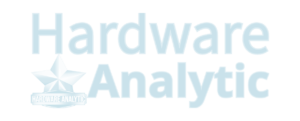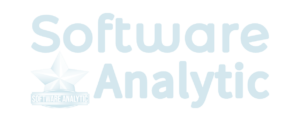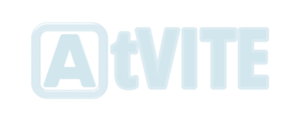Identity and Access Management is a basic part of cloud security. Associations should execute successful identity and access strategies to guarantee that main approved clients approach delicate data. This article discusses how important identity and access management is to cloud security and some best practices that businesses can use to put in place identity and access policies that work.
What exactly is Identity and Access Management?
The framework of policies, procedures, and technologies used to manage digital identities and their access to resources is called Identity and Access Management (IAM), managing user, device, and service access to cloud-based applications and data in the context of cloud security. Access control, authorization, and authentication are all features of common identity and access management systems.
It is a procedure that aids organizations in managing digital identities and ensuring safe and effective resource access. Users, devices, and services that interact with the organization’s digital resources, such as computer systems, networks, and applications, are managed as part of cloud security, including access control, authentication, and authorization.
The primary goal of identity and access management is to prevent unauthorized access, data breaches, and other cloud security threats while ensuring that only authorized users can access the appropriate resources and data. IAM frameworks use strategies, cycles, and innovations to characterize and implement client access authorizations and qualifications across an association’s advanced assets. By implementing successful cloud security approaches and controls, associations can diminish security gambles, increment functional proficiency, and maintain consistency with industry guidelines and norms.
The Importance of IAM in Cloud Security
Security is vital for getting cloud assets and shielding touchy information from digital dangers. Organizations can control access, adhere to industry regulations, enforce consistent security policies, improve operational efficiency, and adapt to changing business needs by using IAM policies and controls, which provide a centralized system for managing identities and access to cloud resources.
Control admittance to cloud assets
The security solution makes managing user access to cloud-based resources like data, applications, and services possible. Administrators can thus restrict who can access particular resources and what actions they can carry out. By carrying out IAM, associations can guarantee that main approved clients approach touchy information, diminishing the gamble of information breaks and other digital dangers.
Conformity with industry rules
Many industries ‘ specific regulations and compliance standards require strong controls on user access to sensitive data. By providing a centralized system for managing identities and access to cloud resources, IAM policies and controls can assist businesses in complying with these regulations.
Continuity in security procedures
Identity and access control enable organizations to consistently enforce security policies across their cloud environment, ensuring that resources are only granted to users who require them. Data leakage, unauthorized data access, and other forms of cyberattacks are all prevented by this.
Worked on functional productivity
Identity and access management simplifies administration, lowers operational costs, and enhances overall security posture by providing a centralized system for managing identities and access to cloud resources. Organizations can automate access management procedures, lighten IT staff workloads, and boost productivity by managing digital identities and their access.
The capability of responding to changing business needs
By quickly granting or denying a user access to cloud resources, IAM enables organizations to respond to shifting business requirements. Businesses can expand their operations without jeopardizing security or compliance and exploit emerging opportunities.
IAM Best Practices for Cloud Security
Effective identity and access management policies would be best to keep cloud-based resources safe. Associations can follow a few prescribed procedures to guarantee that their IAM strategies are compelling.
Make use of a central IAM system
Businesses should use a centralized security system to control who has access to cloud resources. Before accessing cloud resources, a centralized system ensures that all users are authenticated and authorized.
Make use of robust authentication methods
Associations should utilize solid verification systems, for example, multifaceted confirmation (MFA), to check clients’ character getting to cloud assets. MFA expects clients to give at least two snippets of data to get close enough to assets, making it harder for cybercriminals to acquire unapproved access.
Keep in mind the rule of least privilege
In organizations, users should only be granted access to the resources required to fulfill their job responsibilities or the principle of least privilege. Restricting access to data lowers the likelihood of accidental or deliberate data breaches.
Put access controls in place
Associations ought to carry out access controls to limit admittance to delicate information. Role-based access control (RBAC), policy-based access control (PBAC), and attribute-based access control (ABAC) are examples of access controls.
Keep an eye on user activity
Organizations should monitor user activity to identify and respond to suspicious behavior. Monitoring for unusual login activity, modifications to access privileges, and data access patterns are all examples of this.
Conclusion
As businesses widely move their applications and data to the cloud, they should ensure that their users have the right amount of access to their resources and that the security and integrity of their data are not compromised. As businesses progressively take on distributed computing administrations, the customary organization edge is vanishing, making it more testing to get their advanced resources. Organizations can lessen their vulnerability to cyberattacks, data breaches, and other security threats by adhering to best practices in cloud identity and access management.
Read: Digital Transformation trends with Powerful Enterprise Software



















